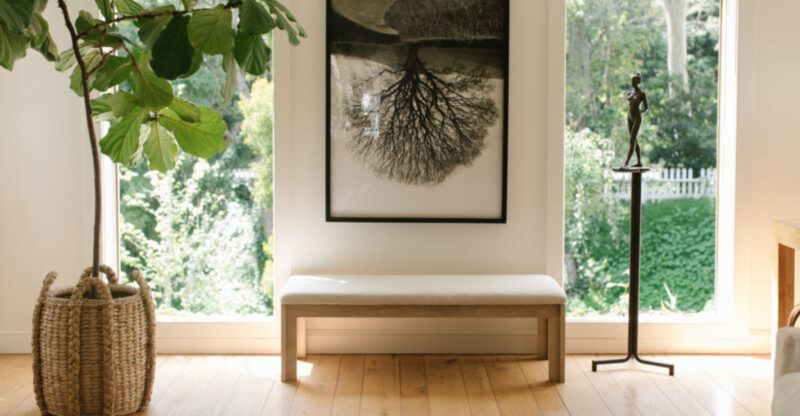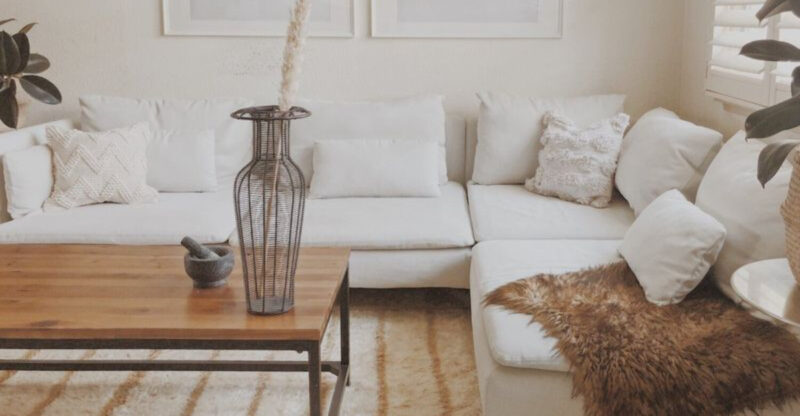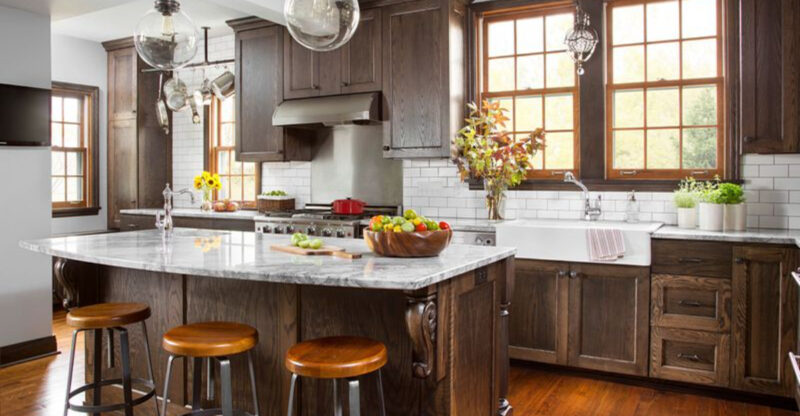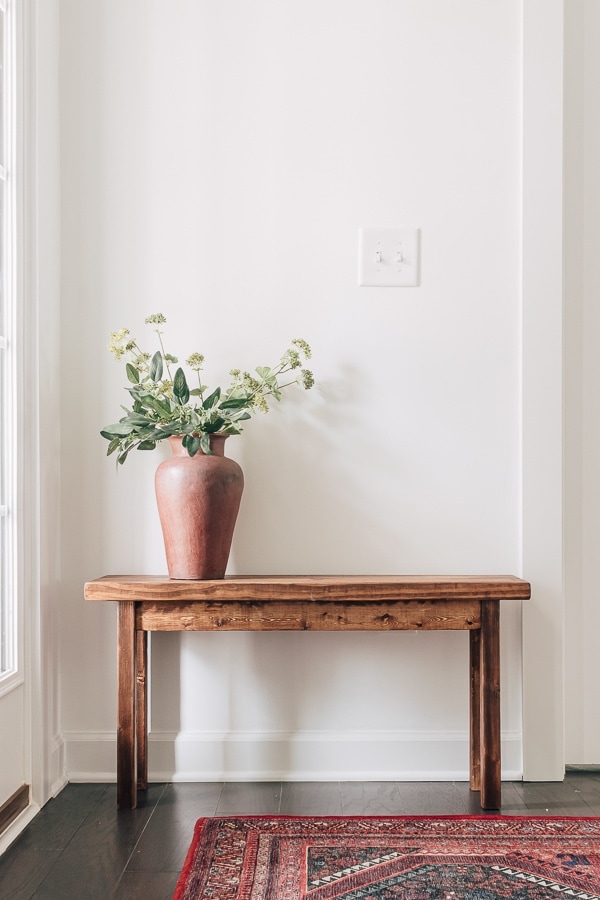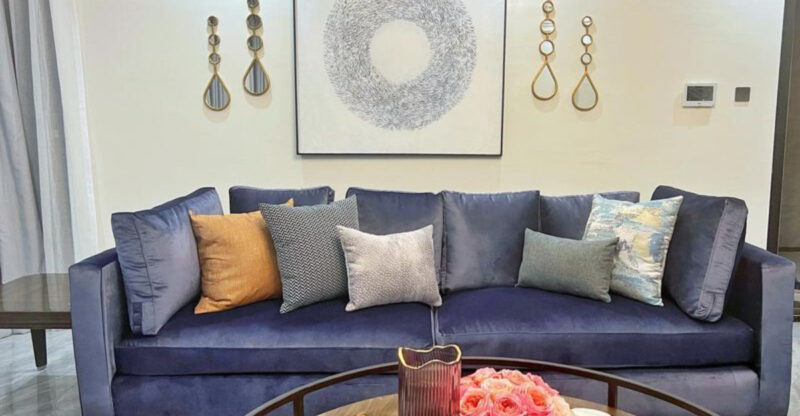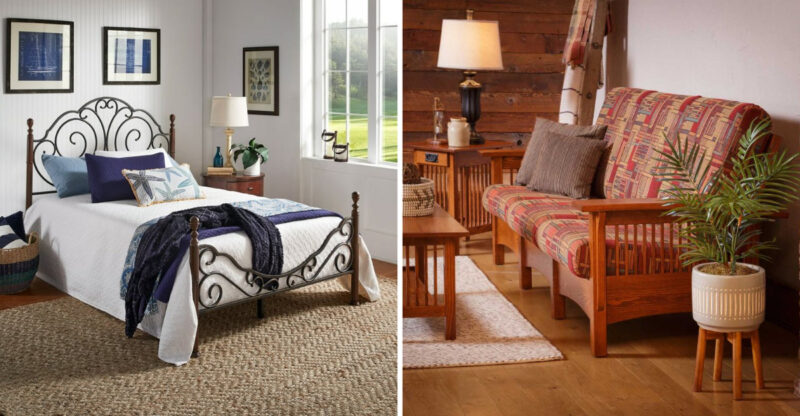11 Living Room Mistakes Florida Homeowners Keep Making (And How To Fix Them)
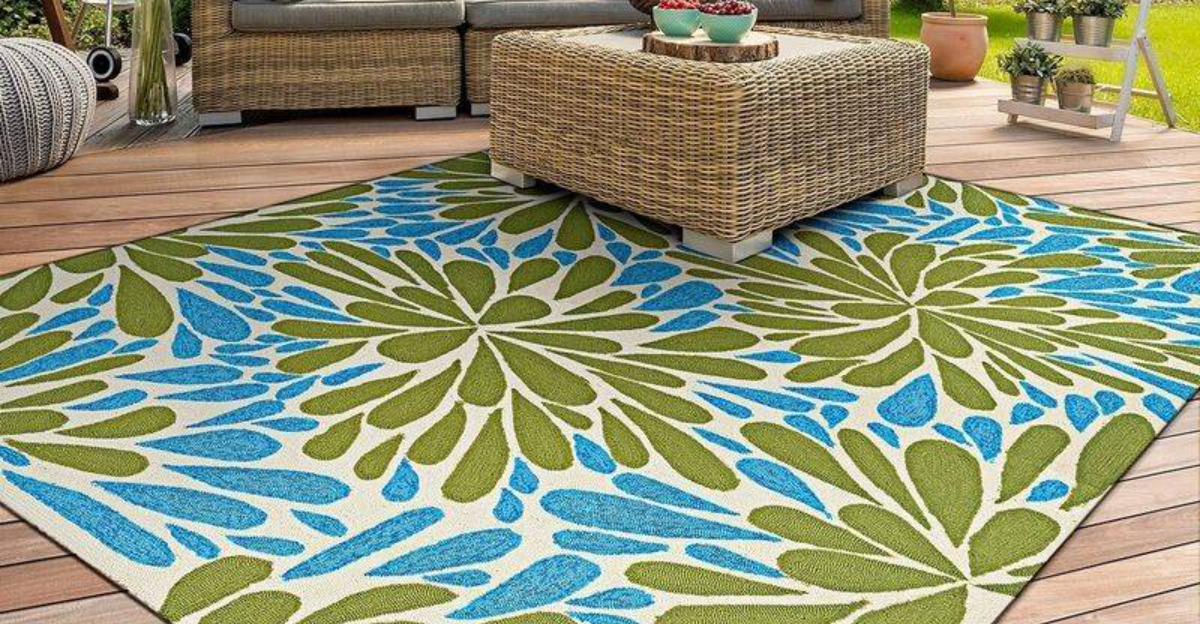
Living in the Sunshine State has its perks but designing the perfect Florida living room isn’t always a breeze.
With intense heat, high humidity, and strong sunlight, even the most beautiful spaces can fall short without the right approach.
Many homeowners unknowingly make the same design missteps that lead to fading furniture, stuffy rooms, and less-than-cozy vibes. Ready to fix that? Let’s uncover the most common mistakes and smart solutions that will help you turn your living room into a cool, stylish retreat that truly beats the heat.
1. Overpowering Ceiling Fans
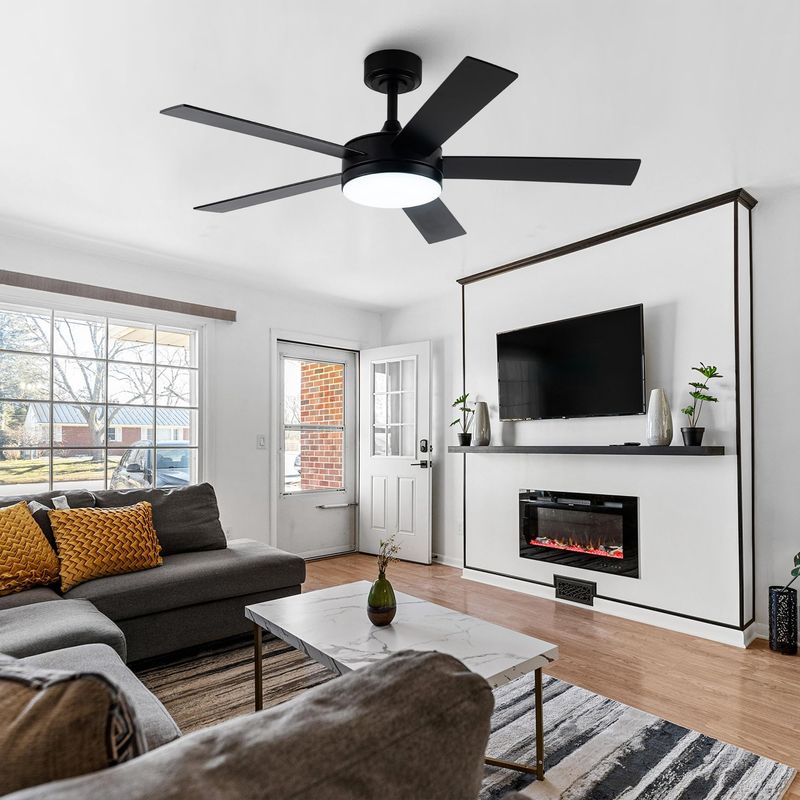
Those massive industrial-sized fans might seem perfect for battling Florida’s heat, but they’re overwhelming your space visually and creating uncomfortable wind tunnels. When guests need to shout over the whooshing noise or your decorative items keep blowing over, it’s time for a change.
Replace oversized fans with modern, energy-efficient models featuring proper blade pitch and multiple speed settings. The ideal ceiling fan should be proportional to your room size – measure your space before shopping. For rooms under 175 square feet, choose fans under 44 inches; medium rooms need 44-50 inch fans; larger spaces can handle 52-60 inches.
If you have high ceilings, select a fan with a downrod to position it at the optimal height of 8-9 feet from the floor for best airflow without the hurricane effect.
2. Dark Tile Floors That Absorb Heat

Dark-colored tile floors might hide dirt well, but they’re secretly turning your living room into a sauna. These heat-absorbing surfaces retain and radiate warmth throughout the day, forcing your AC to work overtime and raising your energy bills significantly.
Switch to lighter-colored tiles in whites, creams, or soft beiges that reflect rather than absorb heat. Consider materials specifically designed for Florida’s climate, like porcelain or ceramic tiles with cooling properties. Many modern options mimic natural stone or wood while providing better temperature regulation.
If replacing flooring isn’t in your budget right now, strategic placement of light-colored area rugs can help reflect heat and create cooler walking surfaces. Remember that lighter floors also make spaces appear larger and airier – a win-win for Florida living!
3. Neglecting UV Protection on Windows
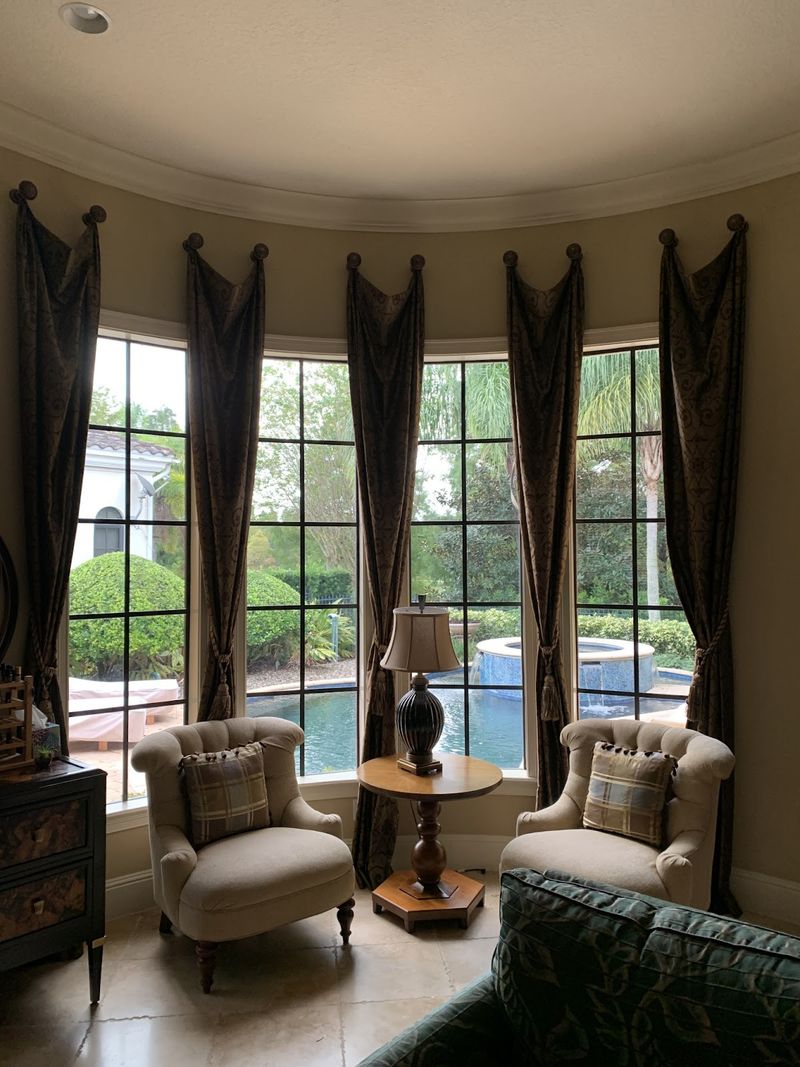
Florida sunshine is relentless, fading furniture and artwork while creating uncomfortable hot spots in your living room. Many homeowners underestimate how quickly UV damage occurs, leading to premature replacement of expensive furnishings and constant temperature fluctuations.
Install UV-blocking window films or treatments that filter harmful rays without sacrificing natural light. Modern options range from nearly invisible films to decorative patterns that add privacy while protecting your interiors. These films can block up to 99% of UV radiation and reduce heat transfer by 30-50%.
For maximum protection, combine window films with light-filtering curtains or blinds that can be adjusted throughout the day as the sun moves. This layered approach maintains your view while dramatically extending the life of your furniture, flooring, and artwork.
4. Heavy Curtains Blocking Breeze
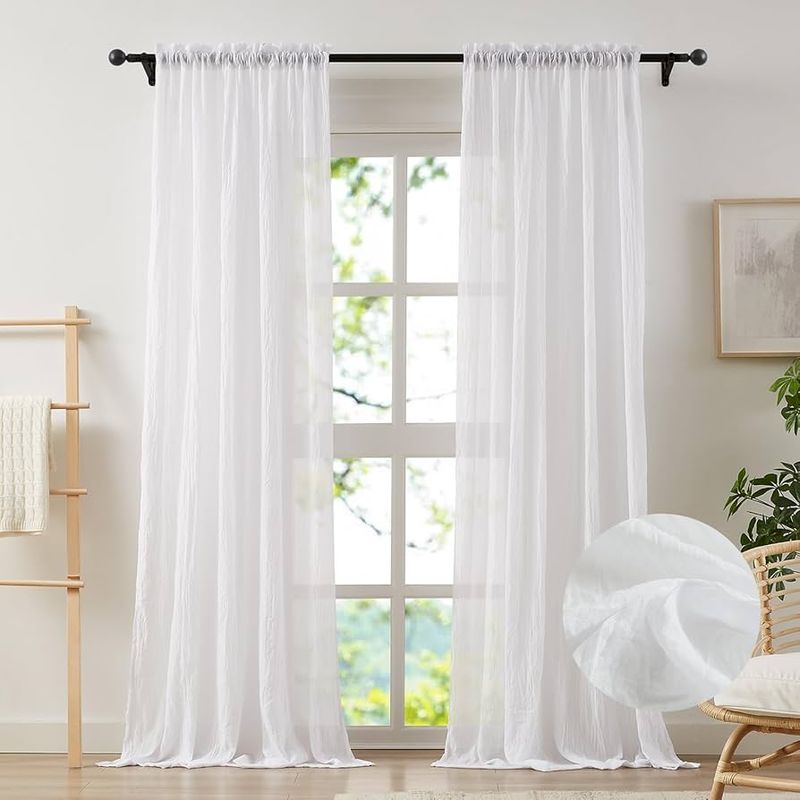
Those thick, luxurious drapes might look elegant, but they’re suffocating your living room by blocking natural airflow. Florida homes benefit tremendously from cross-ventilation during milder months, yet heavy window treatments prevent this energy-saving opportunity.
Replace heavyweight fabrics with light, breathable options like sheer cotton, linen blends, or specially designed indoor/outdoor fabrics that resist mildew. Choose flowing curtains that move with the breeze rather than blocking it. Layering is still possible – use lighter fabrics with adjustable blinds or shades for privacy when needed.
Mount curtain rods wider and higher than your window frame to allow maximum air circulation when curtains are open. This trick also makes windows appear larger while allowing you to capture those refreshing coastal breezes that can reduce your dependence on air conditioning during pleasant weather.
5. Not Using Moisture-Resistant Fabrics
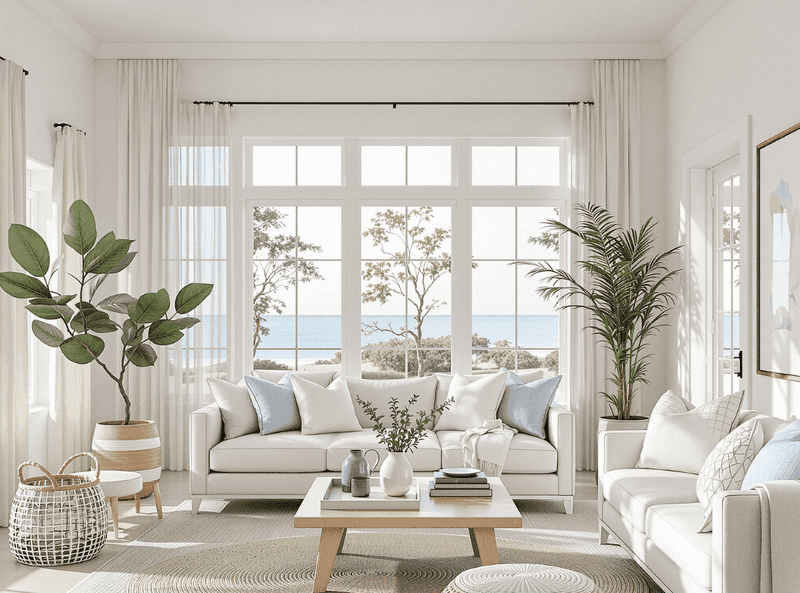
Regular upholstery doesn’t stand a chance against Florida’s humidity. When fabrics start developing mildew spots, musty odors, or that unmistakable dampness, your living room quickly loses its appeal and potentially becomes a health hazard.
Invest in furniture with performance fabrics specifically designed for humid climates. Materials like Sunbrella, Crypton, or other indoor/outdoor blends resist moisture, mold, and mildew while remaining soft and comfortable. These fabrics also resist fading and staining crucial for Florida living rooms that face intense sunlight and frequent use.
For existing furniture, consider professional treatments or slipcovers made from moisture-resistant materials. Removable covers are particularly practical as they can be washed regularly to prevent mold buildup. Remember to choose breathable options that won’t trap moisture against cushions and padding.
6. Overstuffed Furniture Crowding Space
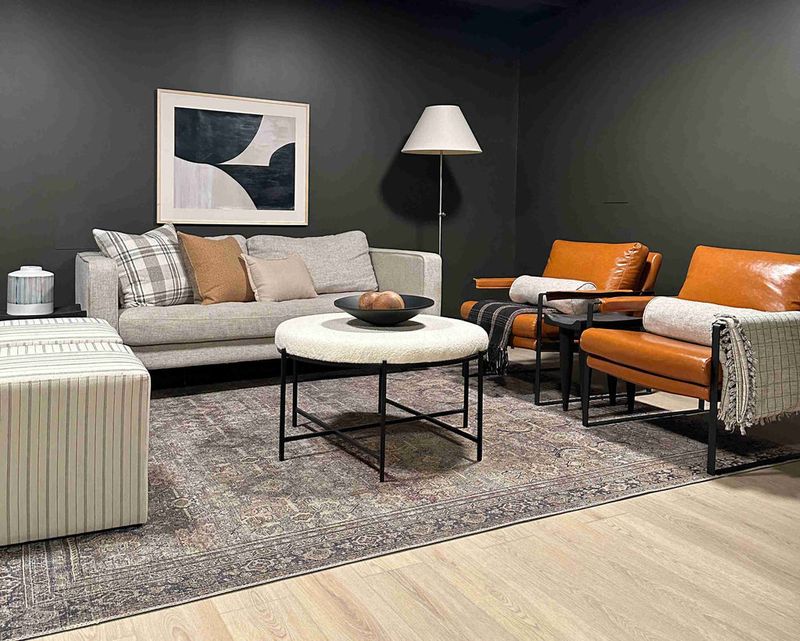
Massive sectionals and bulky recliners might seem cozy, but they’re making your Florida living room feel stuffy and restricting airflow. When furniture blocks vents or prevents people from moving freely, the room becomes uncomfortable and inefficient.
Choose appropriately scaled pieces with clean lines and elevated legs that allow air to circulate underneath. Consider multifunctional furniture like storage ottomans or nesting tables that provide flexibility without constant clutter. Leave at least 30 inches of walking space between furniture pieces to maintain proper airflow.
Arranging furniture away from walls creates better circulation patterns and makes rooms feel more spacious. This “floating” arrangement often works better for conversation areas while allowing cooled air to reach all corners of the room. Remember that in Florida’s climate, breathing room between pieces isn’t just about aesthetics – it’s essential for comfort.
7. Ignoring Outdoor-Indoor Flow
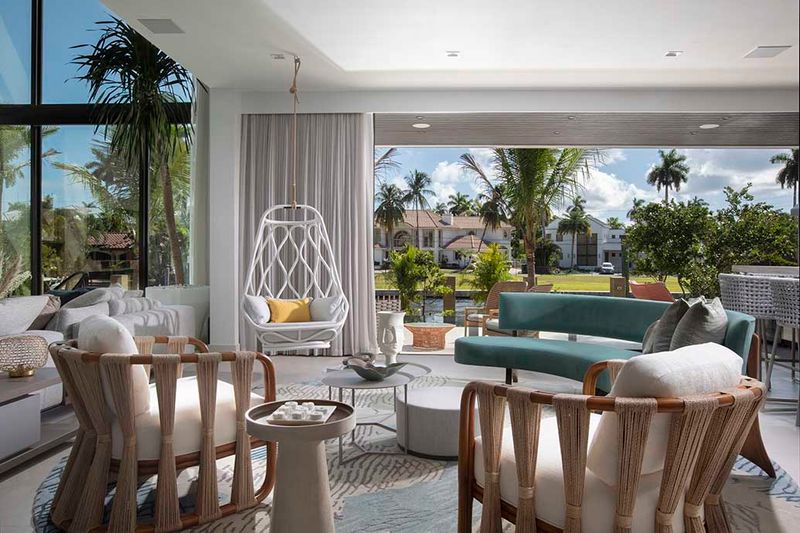
Florida’s greatest asset is its indoor-outdoor lifestyle, yet many living rooms remain disconnected from outdoor spaces. When patio doors lead to nowhere special or windows frame uninspiring views, you’re missing a huge opportunity to expand your living area and embrace the Florida lifestyle.
Create intentional transitions between indoor and outdoor spaces with consistent flooring materials, complementary color schemes, and furniture that works in both environments. Consider replacing standard doors with sliding glass walls or French doors that open fully to patios or lanais.
Position living room furniture to acknowledge and celebrate outdoor views rather than turning away from them. Even small outdoor connections can be maximized with thoughtful landscaping just outside windows or strategic placement of potted plants that echo indoor greenery. This seamless flow makes both spaces feel larger and more cohesive.
8. Lacking Layered Lighting
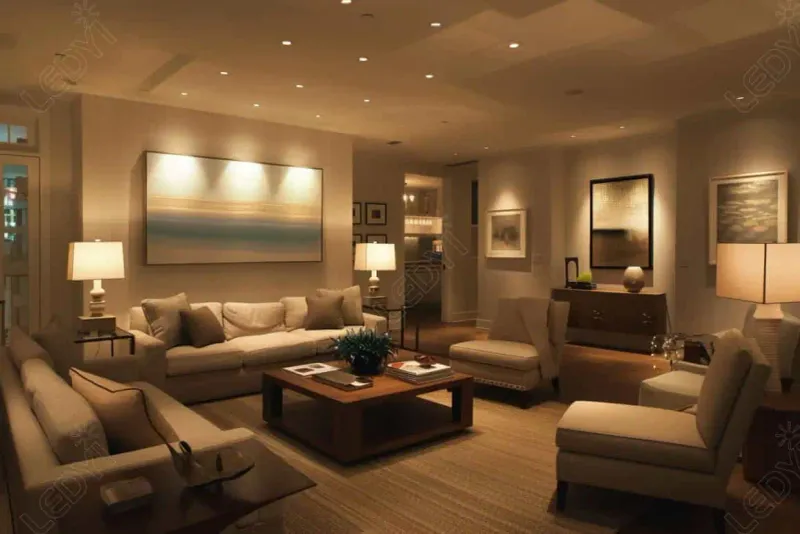
Relying solely on overhead lighting creates harsh shadows and an uninviting atmosphere in Florida living rooms. When the sun sets, many homeowners find themselves in spaces that feel either too bright or too dim, with no middle ground for comfort.
Develop a three-layer lighting plan combining ambient, task, and accent lighting. Start with overall illumination from recessed lights or ceiling fixtures with dimmers. Add task lighting near reading areas and accent lights to highlight artwork or architectural features.
Consider Florida’s unique lighting needs by incorporating lights that don’t generate excess heat. LED options consume less energy while providing excellent illumination. Strategically placed floor and table lamps create pools of light that define different areas within larger spaces. Remember that proper lighting not only enhances functionality but also creates the relaxed, resort-like atmosphere that makes Florida living special.
9. Forgetting to Test Fans Before Purchase
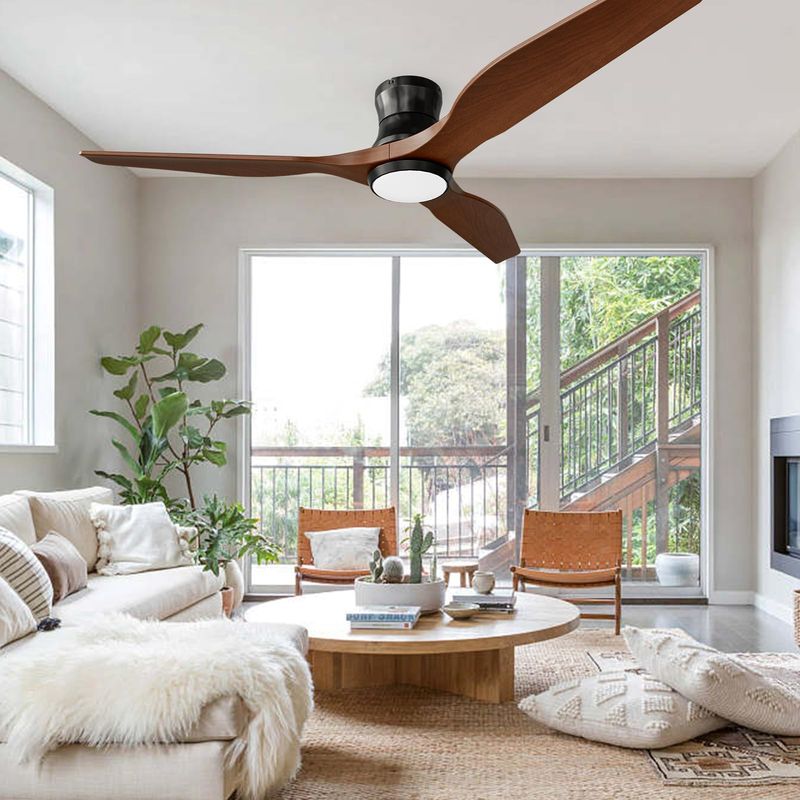
That beautiful ceiling fan you ordered online might look perfect in photos but sounds like a helicopter landing when installed. Fan noise and wobbling are particularly problematic in Florida homes where fans often run continuously during warmer months.
Visit showrooms to experience fans in person before purchasing. Listen for motor noise, check for wobble, and feel the airflow quality. High-quality fans operate silently with balanced blades that won’t distract from conversations or television viewing.
If replacing fans isn’t an option, professional balancing can often resolve wobble issues. Consider fan placement carefully – installing directly above conversation or sleeping areas might not be ideal if the model produces even minimal noise. Remember that proper installation is crucial; fans mounted to inadequate ceiling boxes or without proper support will always create noise problems regardless of quality.
10. Over-Relying on Area Rugs
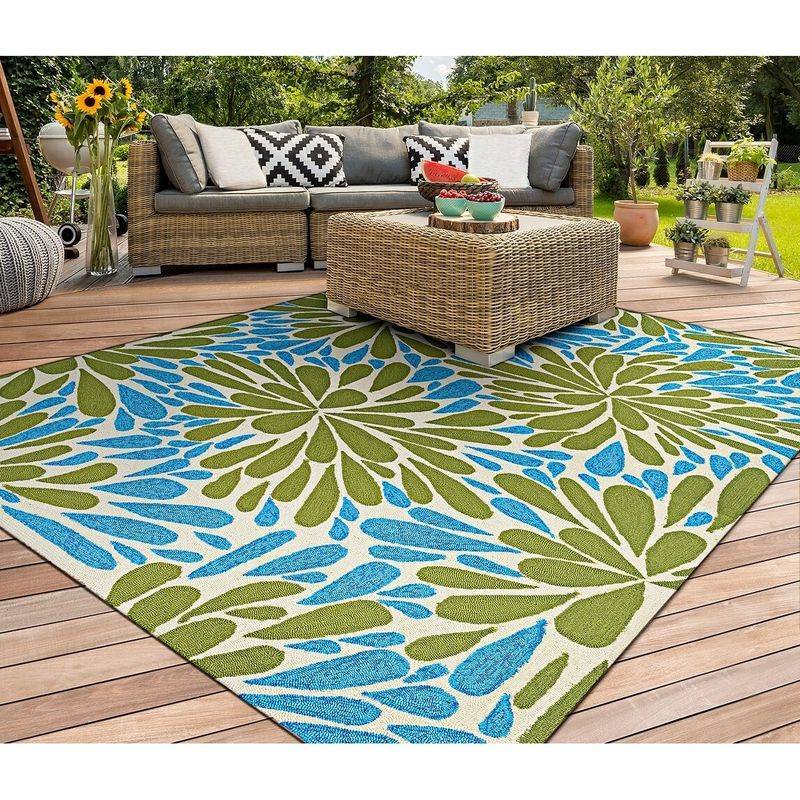
Area rugs might seem like the perfect way to add warmth to tile floors, but in Florida’s humid climate, they often become moisture traps and dust collectors. When rugs develop that telltale musty smell or begin curling at the edges, they’re detracting from your living room rather than enhancing it.
Choose area rugs specifically designed for humid environments, with synthetic fibers that resist mold and mildew. Consider indoor/outdoor rugs made from polypropylene or treated natural fibers that can be thoroughly cleaned. Use proper rug pads that allow airflow underneath rather than rubber-backed options that trap moisture.
Implement a regular cleaning schedule including vacuuming both sides of rugs and occasional sun-drying to prevent mildew growth. During particularly humid months, consider temporarily storing some rugs to give your floors a chance to breathe fully. This rotation system extends rug life while maintaining healthier indoor air quality.
11. Choosing High-Maintenance Decor
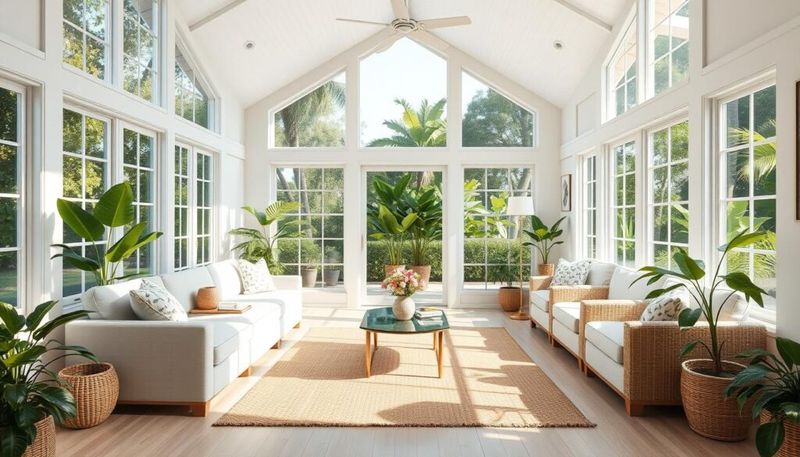
Delicate silk pillows and intricate dust-collecting knickknacks might look magazine-worthy, but they’re creating endless maintenance headaches in your Florida living room. When decor items can’t stand up to humidity, sunlight, or occasional salt air, they quickly look shabby rather than chic.
Select decor pieces that combine style with practicality, such as washable pillow covers, ceramic or glass accessories that can be easily wiped clean, and artwork printed on canvas rather than paper. Look for items specifically labeled as UV-resistant to prevent fading.
Incorporate natural elements that actually thrive in Florida’s climate, like certain houseplants that help purify air while adding visual interest. Limit the number of decorative items to create a curated, uncluttered look that’s easier to maintain. This simplified approach not only reduces cleaning time but also creates the breezy, relaxed atmosphere that defines beautiful Florida living.

